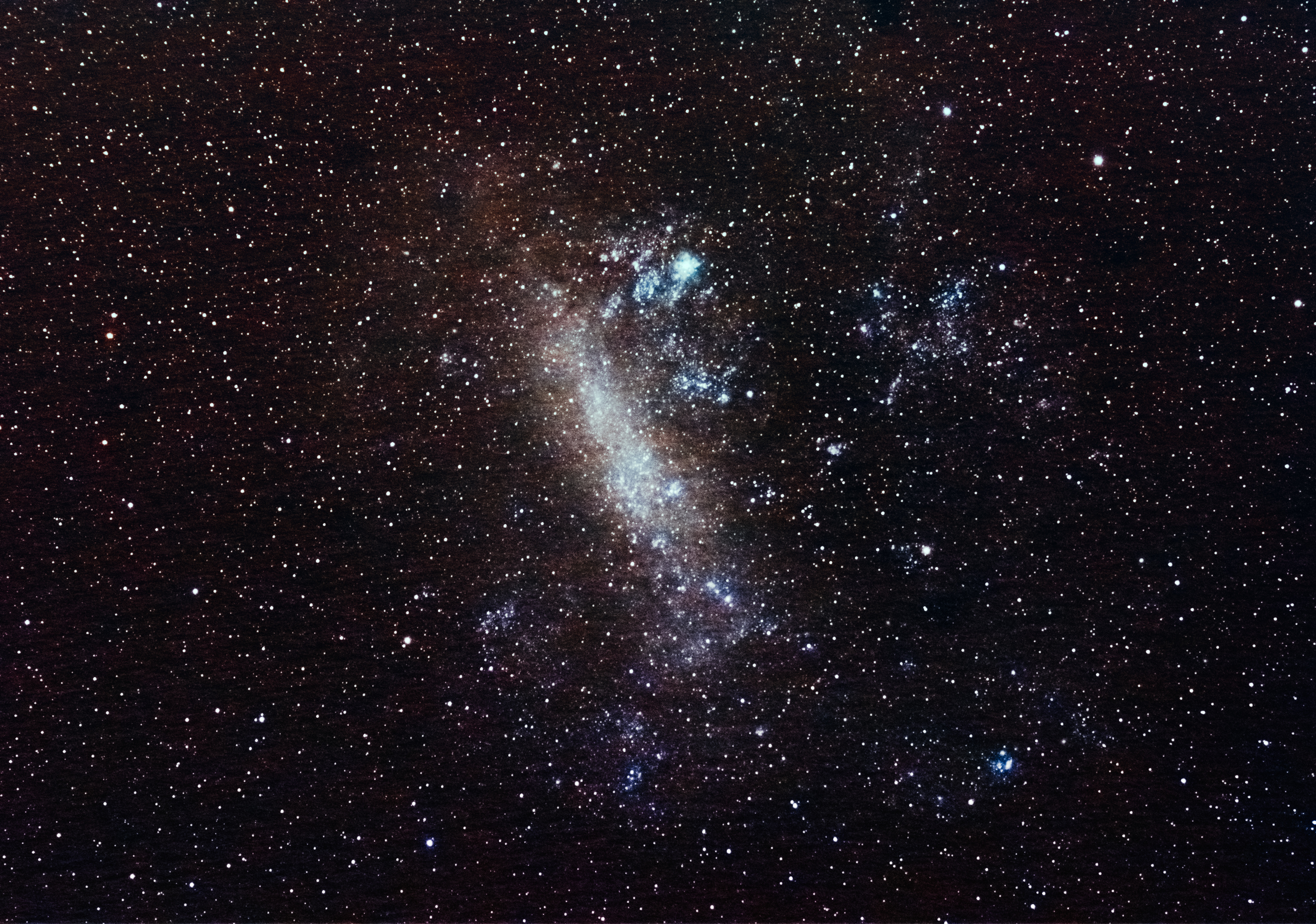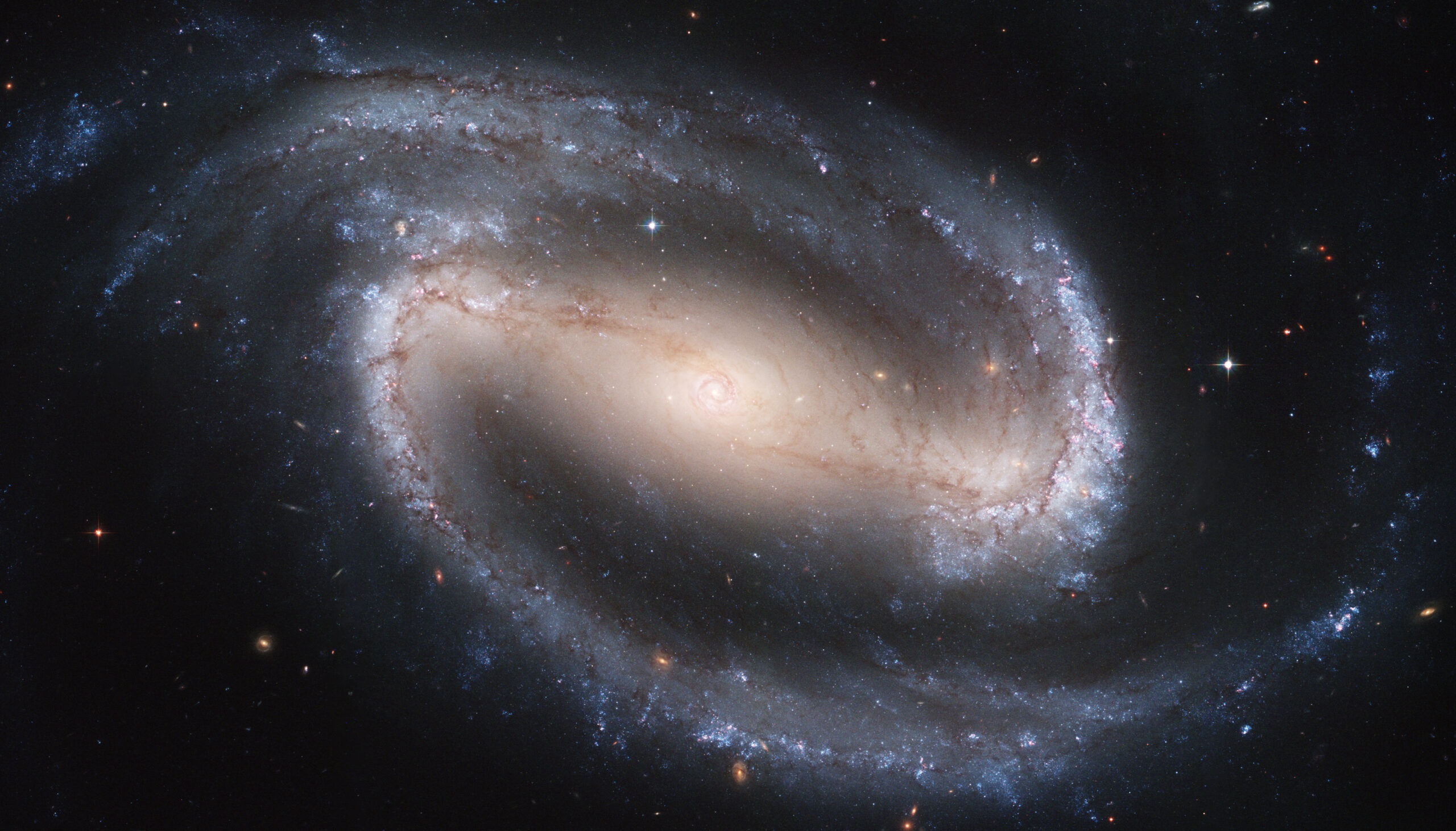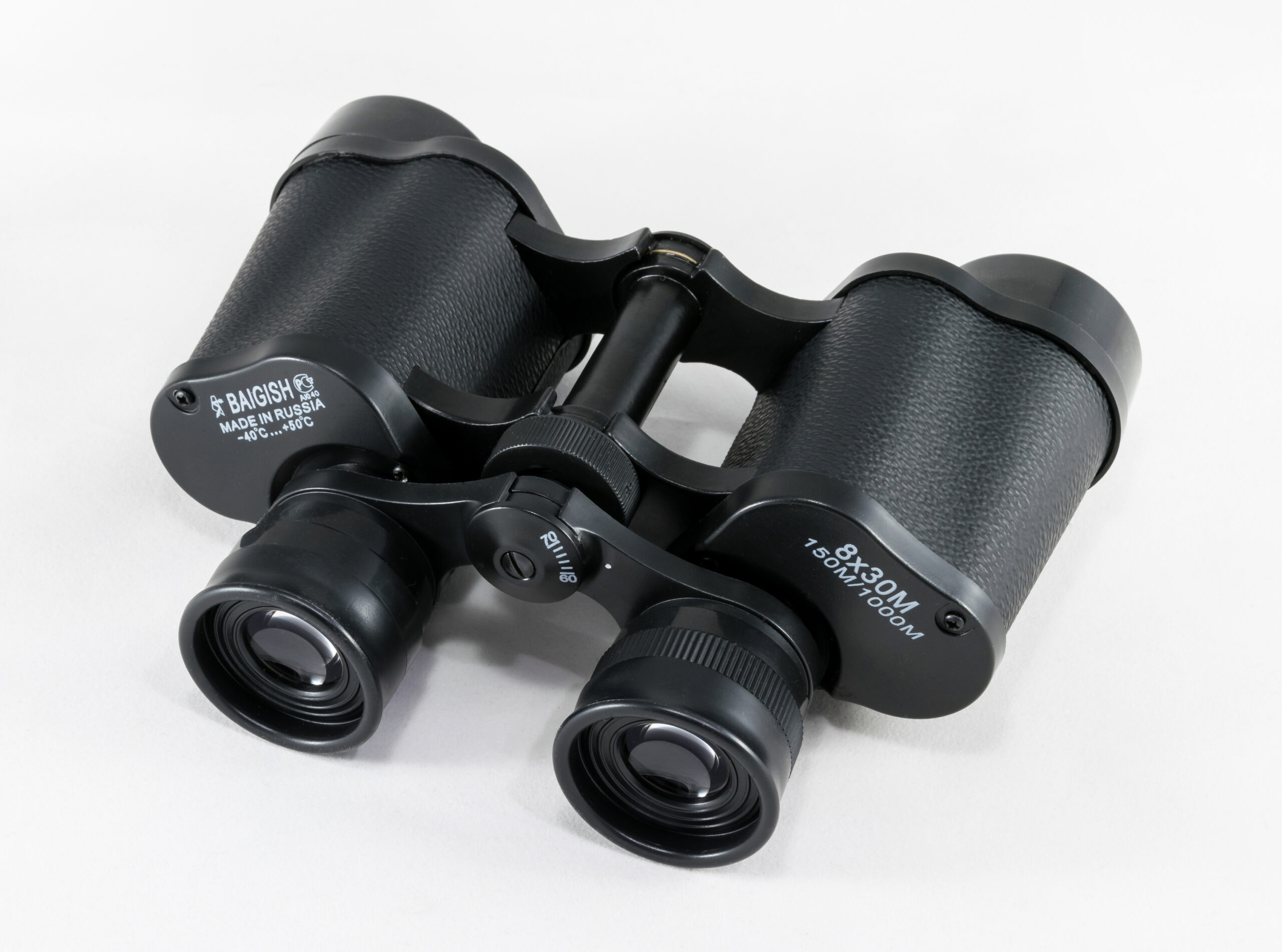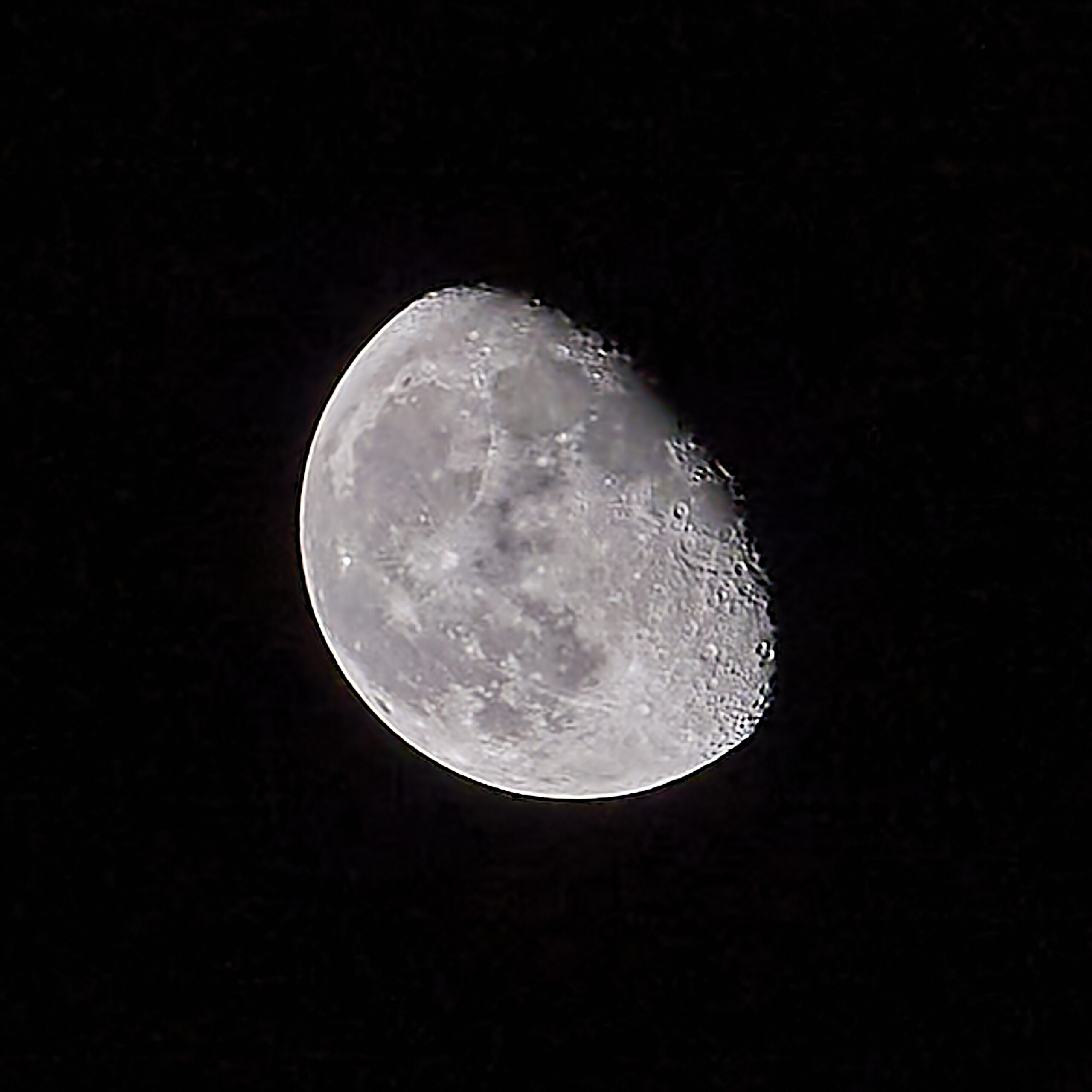Ever looked up at the night sky and wondered about those twinkling hazy patches? What you’re staring at are galaxies and nebulae, the building blocks of our universe. To kick things off, let’s get a grip on what galaxies and nebulae are all about.
Galaxies are massive systems made up of stars, planets, gas, and dust all bound together by gravity. They’re like the bustling cities of the universe, with the Milky Way being the city we call home amongst trillions of other galaxies. There’s not just one kind of galaxy—there are spirals, ellipticals, and irregular galaxies, all with their own vibes and characteristics.
Now, nebulae, on the other hand, are cloud-like structures made of dust, hydrogen, helium and other ionized gases. Think of them as the cosmic nurseries where new stars are born. Some nebulae are formed from the remnants of supernovae, with all that leftover gas and dust creating beautiful shapes and patterns. Nebulae aren’t just static; they evolve and change over time, making them fascinating objects to study.
Understanding these celestial structures isn’t just for astronomy buffs. It helps us grasp how our universe works, from the birth of stars to the formation of galaxies. So next time you look up, you’ll have a better appreciation for the cosmic wonders you’re seeing.
The Andromeda Galaxy: Our Closest Neighbour
Andromeda Galaxy (M31).
The Andromeda Galaxy, often referred to as M31, sits right next door in cosmic terms, about 2.537 million light-years away. While that sounds ridiculously far, it’s actually one of the closest galaxies to the Milky Way.
Andromeda is crucial for astronomers because it’s similar to our Milky Way. This spiral galaxy offers a peek into our own galaxy’s possible past and future. Scientists believe it’s on a collision course with the Milky Way, though that won’t happen for another 4 billion years, so no need to lose sleep over it.
One of the standout features of Andromeda is its size. It’s massive, over twice the size of the Milky Way with more than a trillion stars. This makes it the largest galaxy in our Local Group, which is a family of over 50 galaxies.
Examining Andromeda’s structure reveals a central bulge, spiral arms, and a halo of old stars. These characteristics help scientists understand galaxy formation and evolution. Moreover, the presence of star-forming regions in Andromeda offers insights into how stars and planetary systems come to be, adding another layer of fascination.
Studying Andromeda also helps in comprehending dark matter. This elusive substance doesn’t emit light or energy but makes up about 27% of the universe. Observations of how Andromeda’s stars move suggest there’s a lot of dark matter holding this galaxy together.
In summary, the Andromeda Galaxy serves as a cosmic laboratory. By studying it, astronomers can make sense of not only our galaxy but the broader universe. Plus, isn’t it cool to know our galaxy has a massive neighboring galaxy just waiting to be explored? It is also the furthest object that can be seen with the naked eye.
The Intrigue of Nebulae: From Star Nurseries to Remnants
Nebulae are some of the most breathtaking sights in the cosmos. These vast clouds of dust and gas are the birthplaces of stars, making them vital to our understanding of the universe.
In a nebula, things are far from static. These cosmic nurseries are places where new stars form from collapsing clouds of gas and dust. This process emits light, causing the nebula itself to glow. The Orion Nebula is a prime example, visible even with a basic telescope.

M1 The Crab Nebula. Super Nova Remnant seen in 1054 AD.

M42 The Sword of Orion.
Then we have nebulae formed from the remnants of supernovae. When stars explode, they leave behind incredible structures rich in elements like oxygen and iron. The Crab Nebula (M1) is the leftover of a supernova witnessed on Earth in 1054 AD. Its intricate, filamentary structure is a wonder to observe, showcasing the raw power of stellar explosions.
Nebulae aren’t just shining in one standard color. Their glow varies based on the gases they contain. For instance, hydrogen-rich regions emit a reddish color, while oxygen can give off greenish-blue hues. This variation in color helps astronomers identify the chemical composition of these fascinating objects.
Understanding nebulae allows us to peek into the lifecycle of stars. From their birth in diffuse nebulae to their explosive deaths resulting in supernova remnants, nebulae form a critical part of the cosmic story. So the next time you peer through a telescope, take a moment to appreciate the intricate dance of gas and dust that forms the very fabric of our universe.
Galactic Entities Beyond the Milky Way: Expanding Horizons
When we think of the universe, it’s easy to get stuck on our home galaxy, the Milky Way. But believe me, the cosmos is brimming with other star systems just waiting to be explored. These vast star systems outside our galaxy are crucial for expanding our understanding of what lies beyond our celestial neighborhood.
Take, for example, the staggering variety of galaxies out there. We’re talking about everything from spiral and elliptical galaxies to peculiar and interacting ones. Each type offers a unique perspective on galaxy formation and evolution. For instance, giant elliptical galaxies are often found at the centers of galaxy clusters, acting like gravitational anchors for countless star systems around them.
Then there are the distant star systems that push the boundaries of our observational capabilities. Telescopes like the Hubble Space Telescope and the James Webb Space Telescope are instrumental in peering into these far-off realms. These stellar behemoths provide vital clues about the early universe, galaxy formation, and even the potential for life beyond our own solar system.
The study of extragalactic entities isn’t just a scientific endeavor; it’s a voyage into the unknown. By observing these distant galaxies, astronomers can test theories of dark matter and dark energy, the mysterious forces that constitute most of the universe’s mass. These studies help us grasp the grand scale of the cosmos and our place within it.
One fascinating aspect is the discovery of exoplanets in other galaxies. While still a relatively new field, the search for planets orbiting stars in other galaxies has opened up possibilities we could only daydream about before. Imagine the potential for finding life or habitable conditions in these far-flung star systems!
In the end, exploring these vast star systems outside our galaxy is more than an academic exercise; it’s a vital part of piecing together the cosmic puzzle. The more we discover, the clearer the universe’s story becomes, offering insights into the origins and future of everything we see when we look up at the night sky.
Cosmic Beacons: The Small and Large Magellanic Clouds

Small Magellanic Cloud

Large Magellanic Cloud
The Small and Large Magellanic Clouds are like the friendly neighbors of our Milky Way galaxy. Located about 160,000 and 200,000 light-years away, respectively, these satellite galaxies are easily visible from the Southern Hemisphere, making them favorite targets for amateur and professional astronomers alike.
These cloud-like formations are smaller and more irregular compared to our Milky Way, but what they lack in size, they make up for in scientific importance. The Large Magellanic Cloud (LMC) and Small Magellanic Cloud (SMC) are packed with star-forming regions, offering prime locations to study stellar birth and evolution. Take the Tarantula Nebula in the LMC, for instance; it’s one of the most active star-forming regions we’ve observed, providing precious data on how stars like our Sun come into existence.
These satellite galaxies also play a critical role in our understanding of galactic dynamics. Their gravitational interactions with the Milky Way offer clues about the movement of galaxies and the complex gravitational ballet they perform. These interactions even cause bursts of star formation and the creation of new celestial structures within these clouds.
One of the fascinating aspects of the Magellanic Clouds is their composition. They’re rich in hydrogen gas, the basic building block for star formation, making them ideal laboratories for studying the interstellar medium. Additionally, their relatively close proximity allows for detailed observation, giving astronomers a closer look at their structures and behaviors.
The history and mythology surrounding these clouds add another layer of allure. Named after the explorer Ferdinand Magellan, who documented them during his circumnavigation of the Earth, these clouds have been marveled at and studied for centuries.
Understanding the Small and Large Magellanic Clouds isn’t just about looking at pretty pictures through a telescope. It’s about piecing together the puzzle of galactic formation, evolution, and interaction. These cosmic beacons illuminate the complexities of our universe, making them essential subjects in the study of astronomy.
Illuminating the Darkness: Nebulae in Different Wavelengths
Nebulae aren’t just mesmerizing because of their shapes and sizes; their vivid colors also tell a fascinating story. These astronomical clouds glow in a variety of wavelengths, primarily due to the different gases they contain. This colorful spectacle helps astronomers identify what elements are present and how these nebulae interact with their surroundings.
Take hydrogen, for example. It’s the most abundant element in the universe and a major player in nebulae. When hydrogen gets excited by the energy from nearby stars, it emits a crimson-red glow. This glowing hydrogen can highlight the regions where new stars are forming, offering a visual clue to the birthplaces of new celestial bodies.
Oxygen, another crucial element, glows with a beautiful teal or greenish-blue hue. This coloring can help astronomers distinguish different parts of a nebula and understand the underlying processes at work. For instance, the famous Crab Nebula (M1) contains oxygen, making it shine in those greenish-blue shades, which is a telltale sign of the remnants of an exploded star.
Sodium is yet another element that adds to the nebula’s color palette. Though less common, sodium emissions produce an intriguing yellow light. Each color and wavelength adds a new layer of information, helping scientists unravel the mechanics of these astronomical phenomena.
Studying these emissions across different wavelengths also allows astronomers to use various types of telescopes, each tuned to a specific part of the electromagnetic spectrum. Whether it’s radio waves, visible light, or X-rays, each wavelength offers unique data, painting a fuller picture of what’s happening within a nebula.
Understanding nebulae in different wavelengths goes beyond just filling in the cosmic coloring book. It’s a crucial part of piecing together the lifecycle of stars, from their chaotic births to their sometimes explosive deaths and beyond. So, the next time you see those colorful images of nebulae, remember: each color is a chapter in the grand narrative of our universe.











